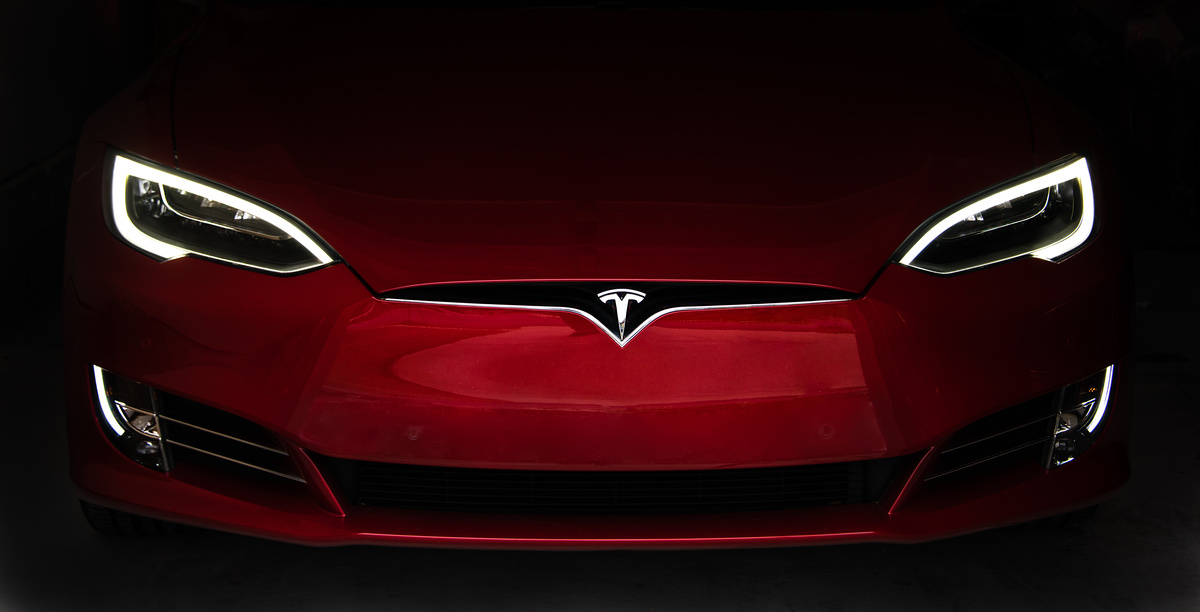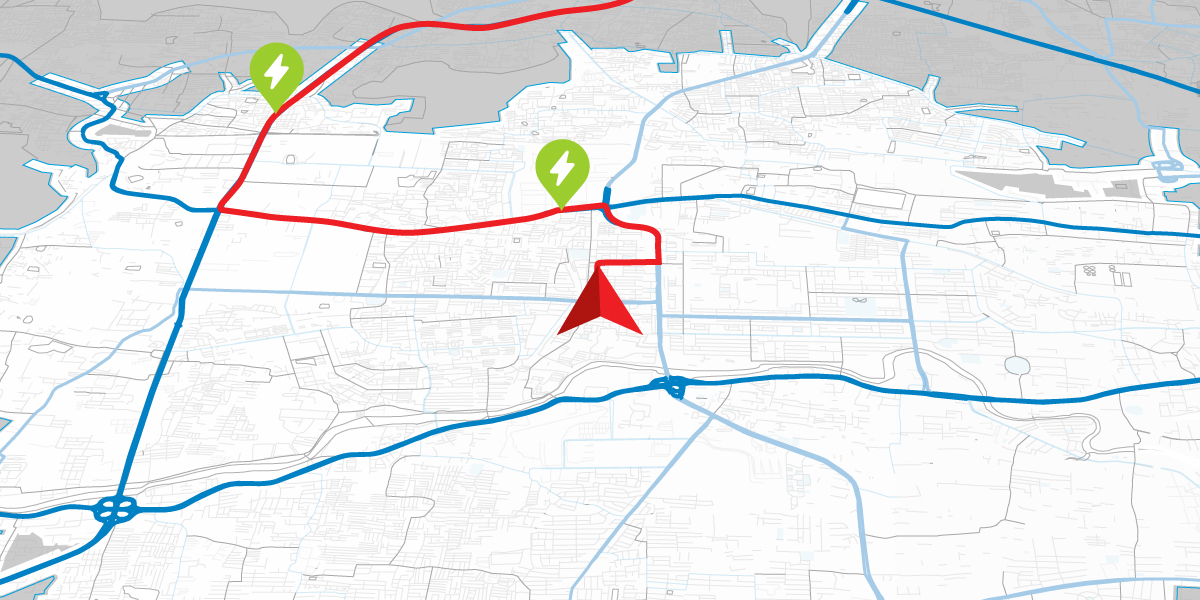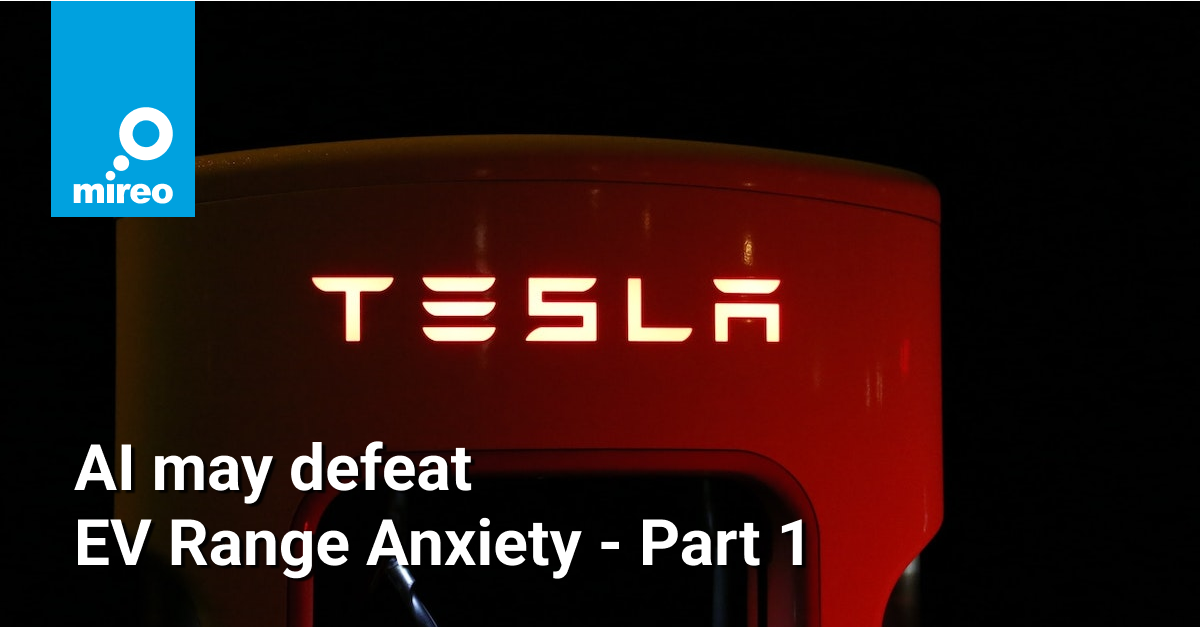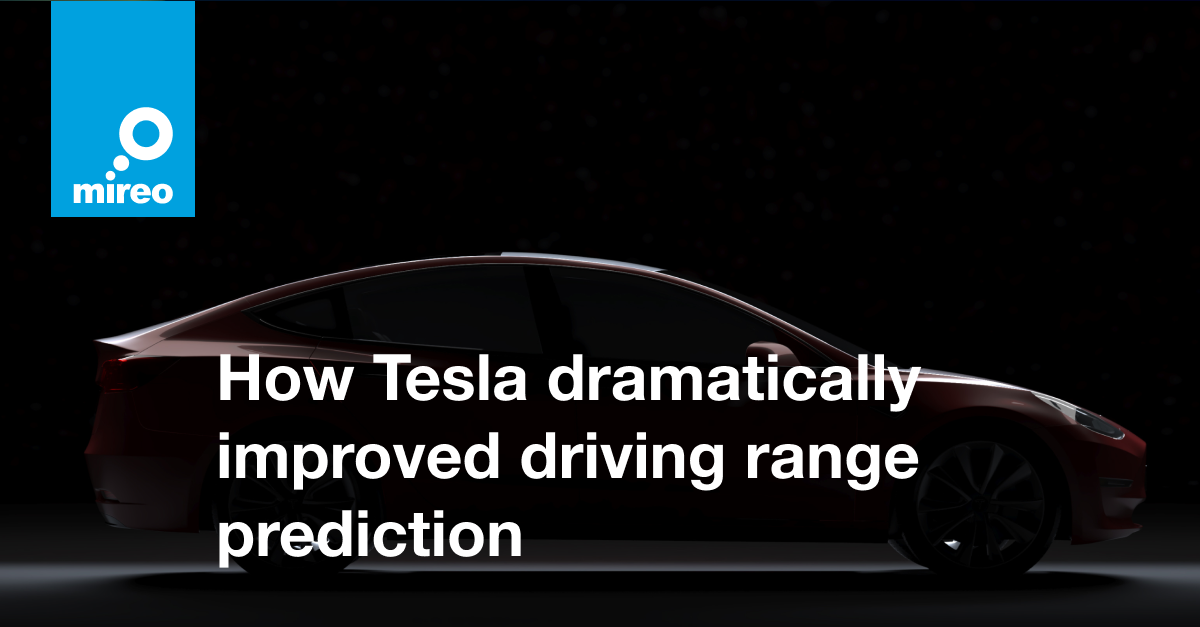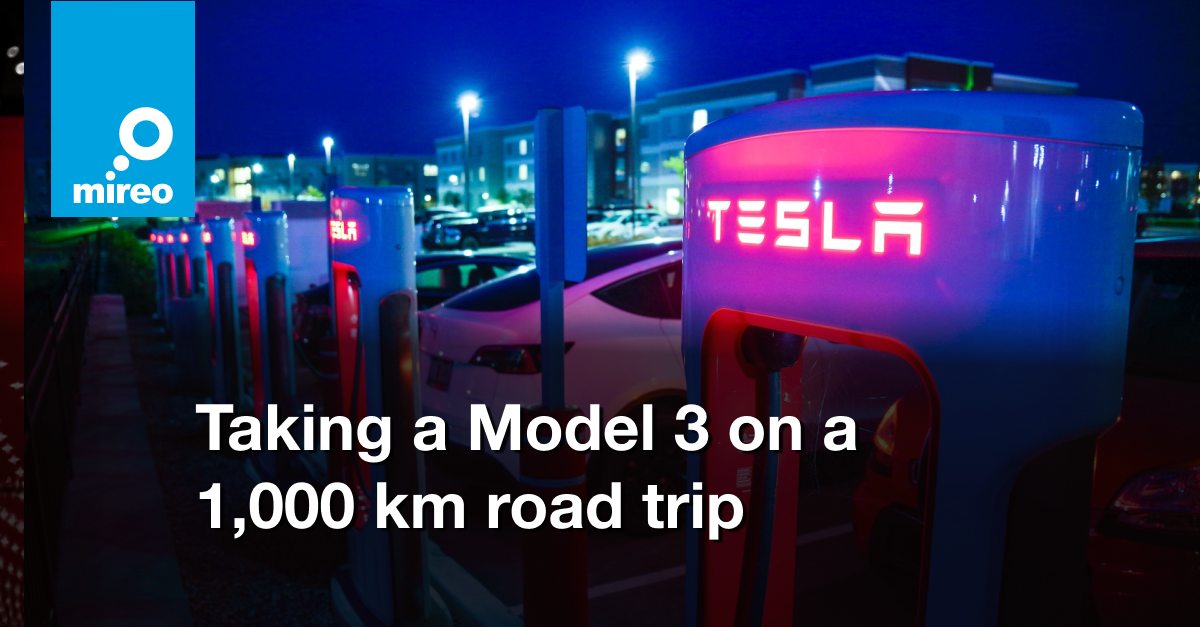Why is the EV range estimation imprecise?
Since all the in-car range predictions periodically update the remaining driving range along the route anyway, note that the range prediction at the start of the trip determines the prediction quality
Physical energy consumption model

As it happens, most carmakers describe how car battery discharges during the trip using physical formulas. In other words, physical formulas try to describe to which extent the car speed, traffic, terrain, temperature, cargo and passengers weight, tire size and pressure, battery type and age, and myriads of other factors affect the battery energy consumption and thus limit the range.
Despite including more and more parameters, the physical battery discharge models fit only to a certain extent and fail miserably in the real world.
Physical energy consumption models can't handle dynamic factors
For example, air resistance can quite precisely be described as a function of altitude, but no mathematical functions can describe whether or not the driver would decide to drive moderately or recklessly fast.
Next, EV drivers will notice how the car preconditions the battery to the optimal charging temperature so the car chargers faster and safer. Although preconditioning speeds up the charging time and preserves the car battery, it also drains a significant amount. When navigating to a supercharger, Tesla automatically starts preheating the battery before the arrival to achieve optimal charging conditions.
Physical energy consumption models are unaware of many dynamic factors and thus unable to include these dynamics in energy consumption prediction. This is why the physical models produce significant energy consumption errors when the dynamics of driving conditions increases. None of the physical-based range predictions can consistently provide accurate results. This inconsistency which occasionally goes up to 20-30%, is the main reason for the range anxiety.
On the other side, the consensus is that Tesla‘s battery consumption and range estimation are the best on the market, and Tesla‘s drivers feel the most confident and trust the reported range.
